Once again, Toyota finds itself at a crossroads, grappling with a crisis that has exposed a lapse from its founding principles. On January 30th, Akio Toyoda, Chairman of Toyota Motor Corporation, made a profound apology in front of a throng of journalists, bowing deeply. This act of contrition came in the wake of revelations of misconduct in certification tests at Toyota’s foundational company, Toyota Automatic Loom Works, following similar issues at Hino Motors and Daihatsu. “As the leader of the Toyota Group, it is my responsibility to spearhead transformation,” Toyoda declared, marking his first prominent engagement in management affairs since stepping down as president, choosing the symbolic venue of the Toyota Commemorative Museum of Industry and Technology in Nagoya for his presentation.
The museum, alongside the Toyota Kuragaike Commemorative Hall in Toyota City, Aichi Prefecture, serves as a testament to Toyota’s rich history. Built in 1974 to commemorate the production of 10 million vehicles, these institutions have been lauded for their detailed chronicles of the dawn of the automotive industry. However, a significant transformation is underway as these facilities are set to be renovated to focus exclusively on the Toyota family’s legacy, sidelining other pivotal figures like Taizo Ishida, who played a crucial role in Toyota’s post-war reconstruction.
Ishida, who significantly contributed his retirement bonus to the establishment of the museum, is emblematic of the many who have shaped Toyota’s success beyond the founding family. Despite this, the upcoming 50th anniversary in September signals a shift to a more Toyota-centric narrative, potentially erasing the contributions of non-family members from the display.
This move raises concerns among Toyota veterans and observers alike, who worry about the mythologization of the Toyota family within the company’s culture, with Akio Toyoda being venerated to an almost cult-like status. The decision to revise the museum’s focus has sparked speculation about whether it reflects Toyoda’s personal vision or is a result of corporate sycophancy. Regardless, the undeniable fact remains that Toyota’s global stature is built on the efforts of many, including those outside the Toyoda lineage.
As Toyota contemplates the future direction of its commemorative spaces, questions about the company’s current focus and identity become more pressing. A quiet encounter with Ishida’s bust, relegated to a corner of the now-restricted Ishida Memorial Room, symbolizes the potential erasure of significant contributions from Toyota’s narrative. Toyota’s response to inquiries about the renovation underscores the official line that the changes are primarily for seismic retrofitting, with the broader goal of conveying the spirit of the company’s foundation.
This situation encapsulates a moment of reflection for Toyota, as it navigates the delicate balance between honoring its roots and acknowledging the broad spectrum of contributions that have propelled it to the forefront of the automotive world. The upcoming renovations, while aimed at celebrating the Toyota family’s legacy, also pose the risk of overlooking the rich tapestry of innovation and leadership that has defined the company’s journey.

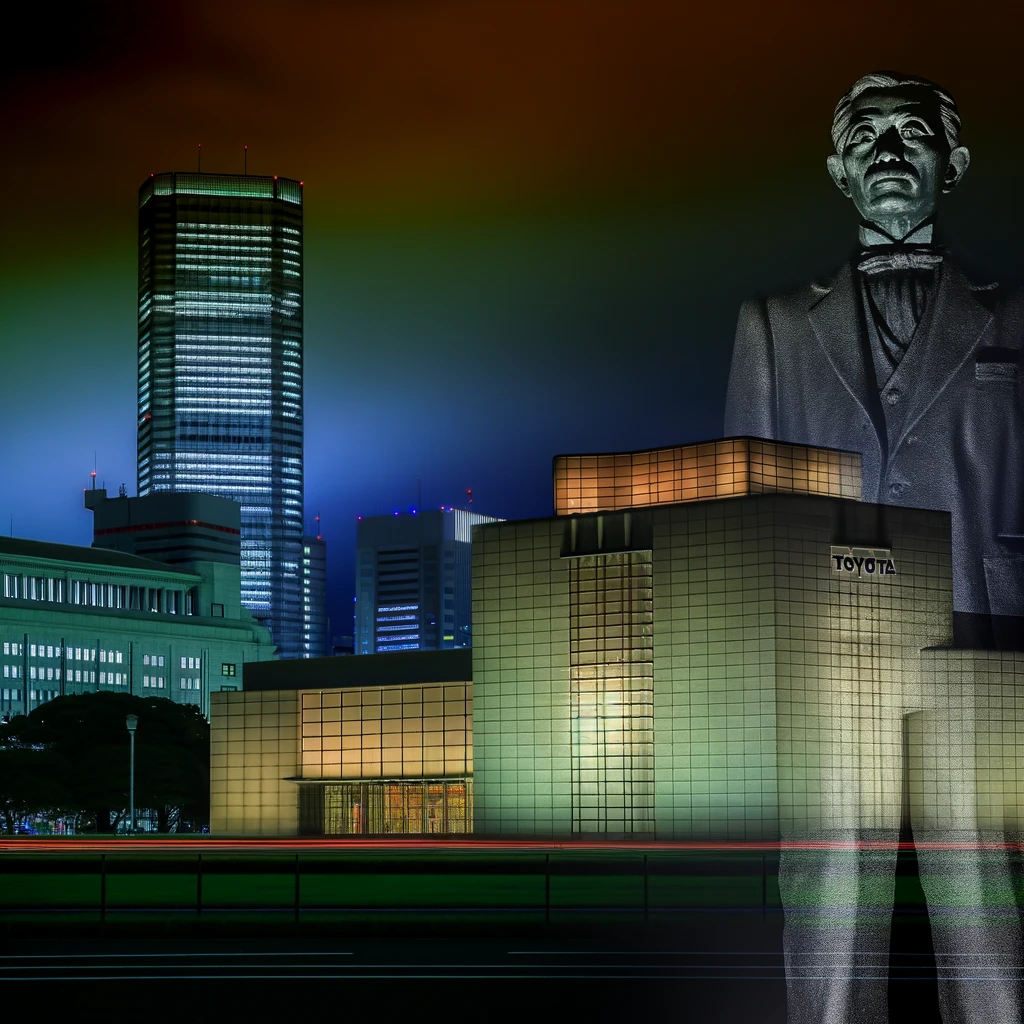


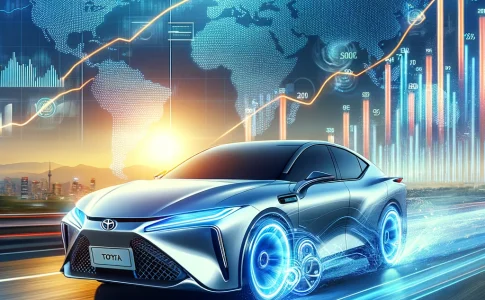
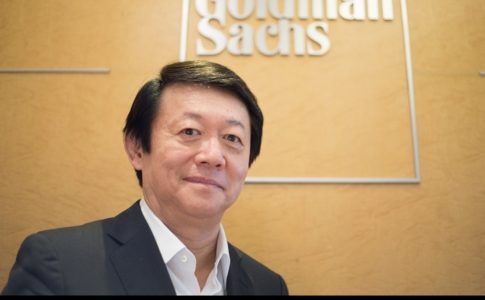
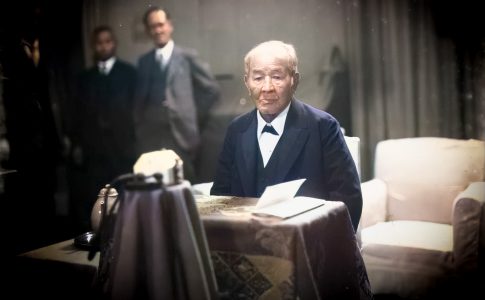

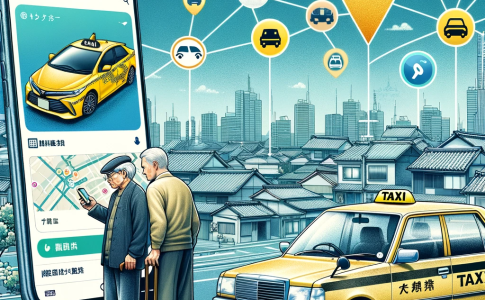
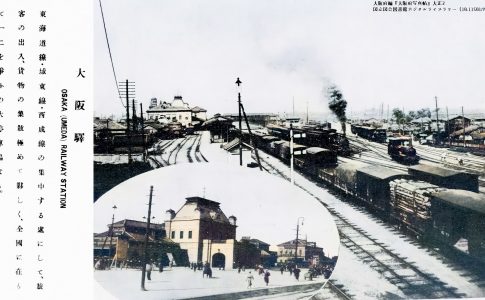
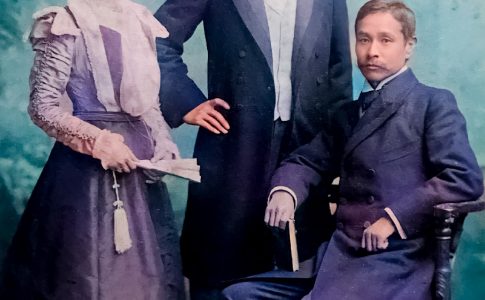
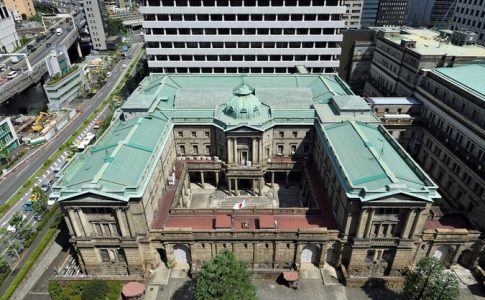
Leave a Reply